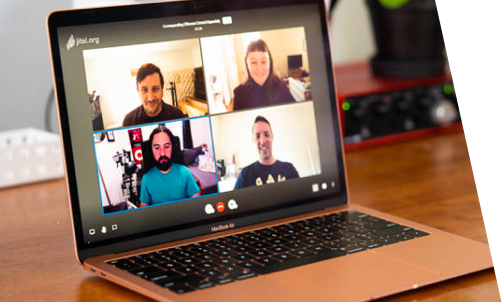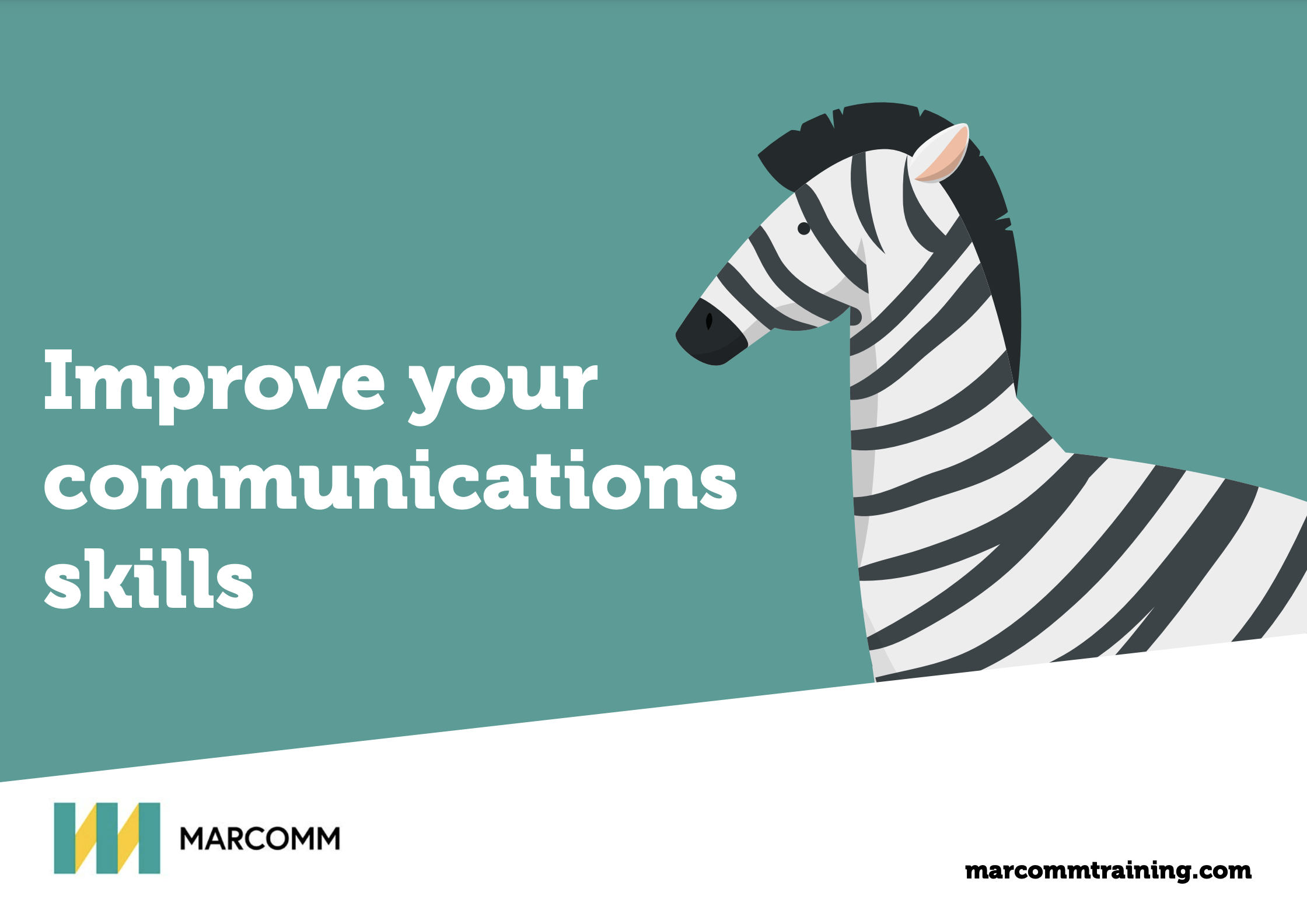In a previous blog Are You Listening.. Really Listening?, we discussed the importance of listening when developing communication skills. We all have the ability to dial up our active listening skills. When we do this, things change. We begin not just to hear but truly understand and engage with what others say. Active listening is fully concentrating on what the speaker is saying, understanding their message, and responding thoughtfully. It’s more than just nodding along; it’s about showing genuine interest, asking clarifying questions, and reflecting on the information being shared. Active listening creates a genuine two-way dialogue and so builds trust between individuals.
How can we improve our active listening skills? Here are seven practical steps to dial up your listening game.
1. Focus Fully on the Speaker:
Active listening starts with giving the speaker your undivided attention. This means being truly present in the moment. Avoid distractions, such as checking your phone or thinking about your response while they’re talking. Maintain eye contact, nod occasionally, and lean slightly forward to show engagement. Avoid interrupting or finishing their sentences.
2. Reflect, Paraphrase or Summarise:
Reflecting and paraphrasing demonstrate that you’ve understood the speaker’s message. This involves restating their words in your language to confirm understanding. Summarise what you have heard. Use phrases such as: “If I have understood you correctly…”; “So let me summarise what you are saying…”. This technique not only validates the speaker’s message but also provides an opportunity for clarification if needed.
3. Ask Open-Ended Questions:
Use open-ended questions to ask the speaker to elaborate. These types of questions invite the other party to provide more detailed responses and help uncover more information. Questions that begin with “What?” or “How?” are beneficial.
“What more can you tell me about that?”
“How do you see progressing?”
Sometimes you don’t need to ask a question. By saying “Can you say a little more about that?”, you invite the speaker to expand on their point.
 Campaign Creators on Unsplash" />
Campaign Creators on Unsplash" />Photo by Campaign Creators on Unsplash
4. Pay Attention to Non-Verbal Cues
Communication is not limited to words. Tone of voice, facial expressions, and body language often convey more than words. Observe the speaker’s non-verbal cues, sitting back or forward in their seat, good eye contact, and energy in their voice. Match your responses accordingly. For example, if they seem upset, empathise with their emotions: “It sounds like this situation has been frustrating for you.”
5. Avoid Judgment:
Keep an open mind while listening. Judging or jumping to conclusions can shut down communication and prevent you from fully understanding the speaker’s perspective. Focus on the content of their message without letting your personal biases influence your response. Stop that voice in your head that is racing to form a judgement on what the other party is saying. Avoid planning your response while the other person is still speaking.
6. Provide Thoughtful Feedback:
Feedback is a vital part of active listening. It helps close the communication loop and reassures the speaker that their message has been understood. Seek permission to give feedback. Provide actionable feedback. If something is good, state why you thought it was so that the other party can learn from it. For more information on how to give feedback, see our blog The Power of Feedback: The Dos and Don’ts.
7. Give The Other Party Time:
Some people may take longer to articulate their thoughts. Slow down and resist the urge to fill silences or rush the conversation. They need space to think, so allow pauses and give the speaker time to collect their thoughts. This shows respect for their input. If time is an issue for you and the subject is important, dedicate time to avoid rushing.
Great listeners don’t just hear—they understand. Active listening is a skill that requires continuous practice, self-awareness and discipline. Focusing on the speaker, reflecting on their message, and responding thoughtfully can strengthen your communication and foster meaningful connections. Start incorporating these techniques, and watch how your interactions improve personally and professionally.

